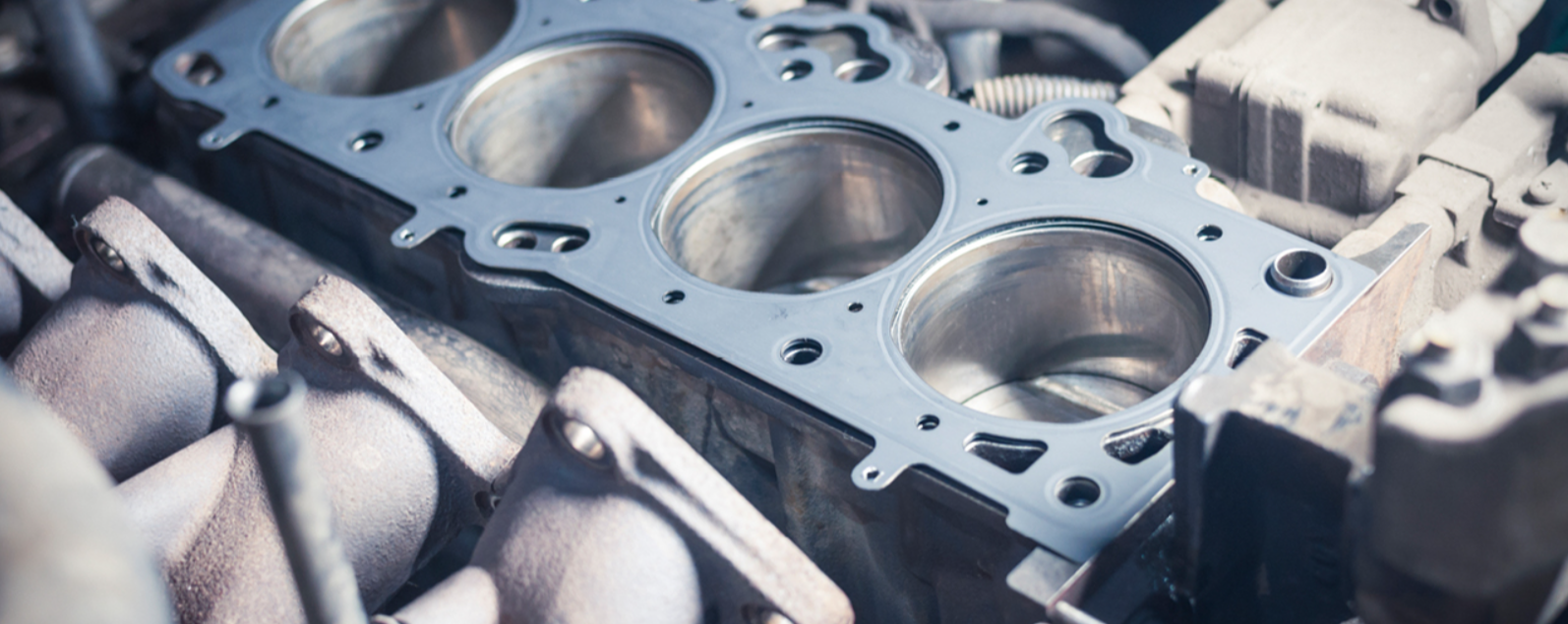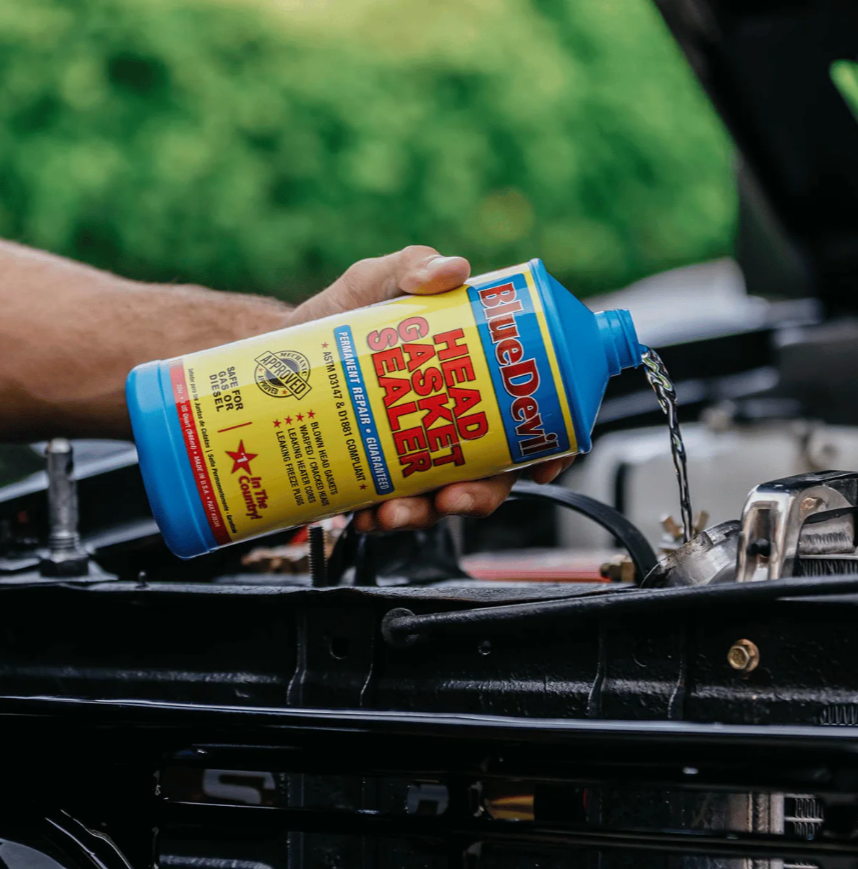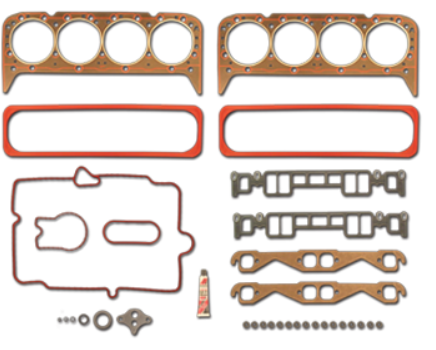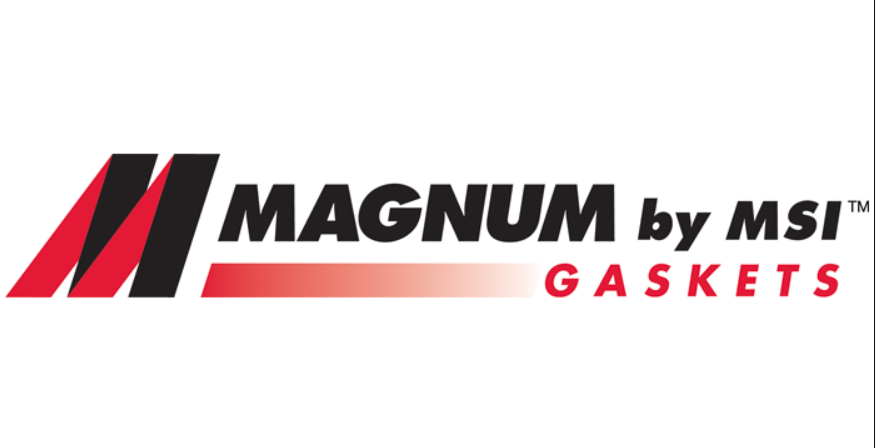Ensuring your engine’s stable and reliable performance is key to a long vehicle lifespan. For UK motorists operating a powerful Magnum engine, one critical piece of the puzzle is the magnum gasket. This article will explain why a plenum gasket (in the context of the intake manifold, valve cover, or other engine components) is so important, which signs indicate its malfunction, and how to select the optimal replacement option.
Introduction
Overview: What is the Magnum Gasket, and Why Is It Important?
Your Magnum engine is a true workhorse, capable of delivering considerable power. However, achieving this level of performance requires every component to work in perfect harmony. The gasket – whether for the intake manifold or valve cover – sits between the relevant engine parts and ensures a tight seal to prevent air, fuel, and coolant leakage. Overlooking the gasket’s condition can lead to leaks and a range of associated issues, from reduced power all the way to severe engine damage.
Why the Magnum Gasket Matters for Engine Performance
- Maintaining Compression: A secure seal ensures the engine retains the necessary pressure within its cylinders.
- Preserving Efficiency: Leaks can result in an unbalanced supply of fuel and oxygen, diminishing power and efficiency.
- Preventing Contaminants: A quality gasket keeps dust and debris from entering the engine, preventing premature wear.
For Magnum owners in the UK, understanding this component allows for timely prevention of issues before they turn catastrophic.
Common Symptoms and Issues
Identifying Early Warning Signs
Detecting flaws early on spares you from significant repair costs. Here are some indicators of potential gasket problems:
- Coolant or Oil Leaks: Seeing droplets or damp areas under the hood often signals a damaged gasket.
- Sudden Fluid Level Drops: An unaccounted-for decrease in antifreeze or engine oil levels.
- Compromised Seal: Spotting oily residue near the relevant engine component should raise concerns.
Performance Problems and Leak Detection
If the gasket is severely compromised, engine performance will be affected:
- Power Loss: Especially noticeable when accelerating or towing heavy loads, as compression plummets.
- Uneven Idle: Misfires or jerking at idle may point to air leakage.
- Higher Fuel Consumption: If the air-fuel mixture in the cylinders is thrown off, efficiency drops.
If you notice unusual noises while the engine runs or see smoke emerging from under the hood, it’s advisable to check the gasket’s condition promptly.
Choosing the Right Magnum Gasket
OEM vs. Aftermarket: Pros and Cons
When it comes time to replace a magnum gasket, you have a choice between OEM (Original Equipment Manufacturer) and aftermarket gaskets:
- OEM Gaskets:
- Pros: Reliable, perfectly matched dimensions, and top-quality standards.
- Cons: Typically more expensive.
- Aftermarket Gaskets:
- Pros: Broader selection, varied price points, potential for innovative materials.
- Cons: Quality differs widely, requiring thorough brand and review research.
Key Factors to Consider Before Purchase
Beyond deciding between OEM or aftermarket, note:
- Material: Multi-layer steel (MLS) or top-tier composites withstand high temperatures and pressure best.
- Warranty: A warranty reflects a manufacturer’s confidence in its product.
- Brand Reputation: Check user feedback and discussion forums.
- Price vs. Quality: Extremely cheap options may underdeliver, while pricier ones prove cost-effective only if reliably built.
Replacement and Installation
Step-by-Step Guide to Replacing the Gasket
Though replacing a gasket for a Magnum engine isn’t overly complex, it does demand precision and the right tools:
- Preparation:
- Disconnect the battery, allow the engine to cool.
- Drain coolant and, if needed, oil.
- Access the Gasket:
- Remove any components blocking access to the relevant manifold or cover (air hoses, sensors, etc.).
- Unfasten the manifold or cover attachments.
- Cleaning:
- Thoroughly clear old gasket remnants from all mating surfaces.
- Inspect surfaces for warping or damage.
- Installing the New Gasket:
- Position the new gasket accurately, ensuring correct alignment.
- Reattach the manifold or cover, following the recommended torque settings.
- Final Checks:
- Reconnect the battery, restore hoses and sensors.
- Start the engine, watch for any leaks or irregularities.
Tools, Tips, and Common Mistakes to Avoid
- Tools: Socket sets, torque wrench, gasket scraper, cleaning solvents.
- Recommendations:
- Always use fresh sealants and bolts where required.
- Tighten bolts in a crisscross pattern for even distribution.
- Adhere to any guidelines regarding thermal paste or sealants.
- Frequent Errors:
- Reusing old bolts or reapplying old sealant.
- Skipping the cleaning and degreasing step.
- Improper bolt torque, leading to uneven sealing.
Maintenance and Preventative Measures
Regular Checks and Fluid Monitoring
Prolonging the service life of a magnum gasket often involves:
- Frequent Inspections: Periodically check the engine for leaks or oil spots.
- Coolant Level Monitoring: A sudden drop may hint at a beginning leak.
- Oil Analysis: Changes in color or texture of oil may signal coolant infiltration.
Prolonging the Lifespan of Your Magnum Gasket
Along with inspections, here are some tactics for extending gasket longevity:
- Opt for Quality Materials: Avoid skimping on gaskets or fasteners during replacement.
- Keep Engine Temps in Check: Steer clear of overheating, a key culprit in gasket wear.
- Professional Installation: If unsure of your skill set, turn to a specialist for replacement tasks.
Conclusion
Final Takeaways and Expert Recommendations
The American market abounds with choices to help Magnum owners achieve steady, long-lasting engine performance. A plenum gasket 5.9 magnum—or any relevant Magnum gasket—stands as one of the pivotal details for ensuring a sealed, efficient engine.
- Don’t Postpone Replacement: At the first hints of leaking or declining engine performance, replace the gasket promptly rather than risk extensive repairs.
- Focus on Quality: OEM parts guarantee reliability but may be pricier. Reputable aftermarket brands can be well worth considering, too.
- Stick to Guidelines: Correct torque settings, properly cleaned surfaces, and precise assembly are your allies in avoiding unpleasant surprises.
Bear in mind that every detail—from the sealant used to the method of bolt tightening—can influence a gasket’s lifespan. Treat this guide as a starting point for extending your vehicle’s life and reliability. Investing a little time in preventive measures is far preferable to facing a major overhaul later on.
May your 5.9 Magnum always deliver the power you rely on, and may caring for its parts—such as the plenum gasket 5.9 magnum—grant you many comfortable and safe miles on American roads.










